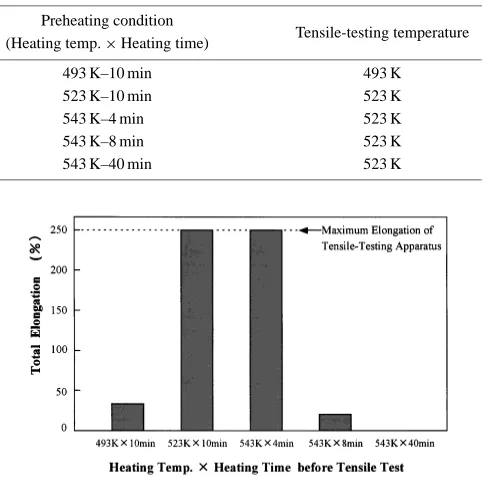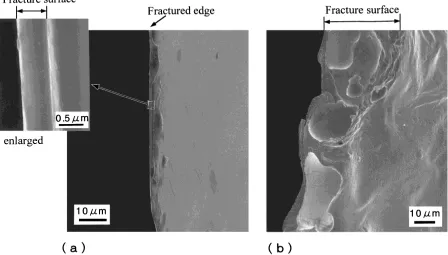Deformation Behavior of Pt based Metallic Glass at Elevated Temperatures
Full text
Figure




Related documents
Abstract The low voltage thin layer electrophoresis of anions has been studied on Silica Gel-G and titanium (iv) tungstate layers in in various complexing acid media such as
We restrict attention to finite simple graph and use standard notations and definitions of graph theory... Computer
Avian leukosis virus subgroup J induces its receptor chNHE1 up regulation RESEARCH Open Access Avian leukosis virus subgroup J induces its receptor?chNHE1 up regulation Weiguo Feng1,2,
The purpose of this study is to investigate the effective radiation dose associated with the Sirona GALILEOS® Comfort Cone Beam CT scanner using different scanning
The last 10 variables added – each with only a very minor contribution to the cross-validated scaled Brier score – were the number of outpatient visits in the past year, whether
clinical criteria on incidence estimates for sporadic Creutzfeldt– Jakob disease (CJD): accepting either 14-3-3 protein positivity in CSF or an EEG showing periodic complexes as one
Materials and methods: To test whether MTAs can sensitize interphase cells to IR, we treated GL261 and GBM14 glioma cells with MBZ during 3–9 hours post IR (when the mitotic
chloropyga in having conspicuous dusting in the dorsal part of its thorax, black marginal bands on abdominal segment III broad, even up to one- half of tergite length, and